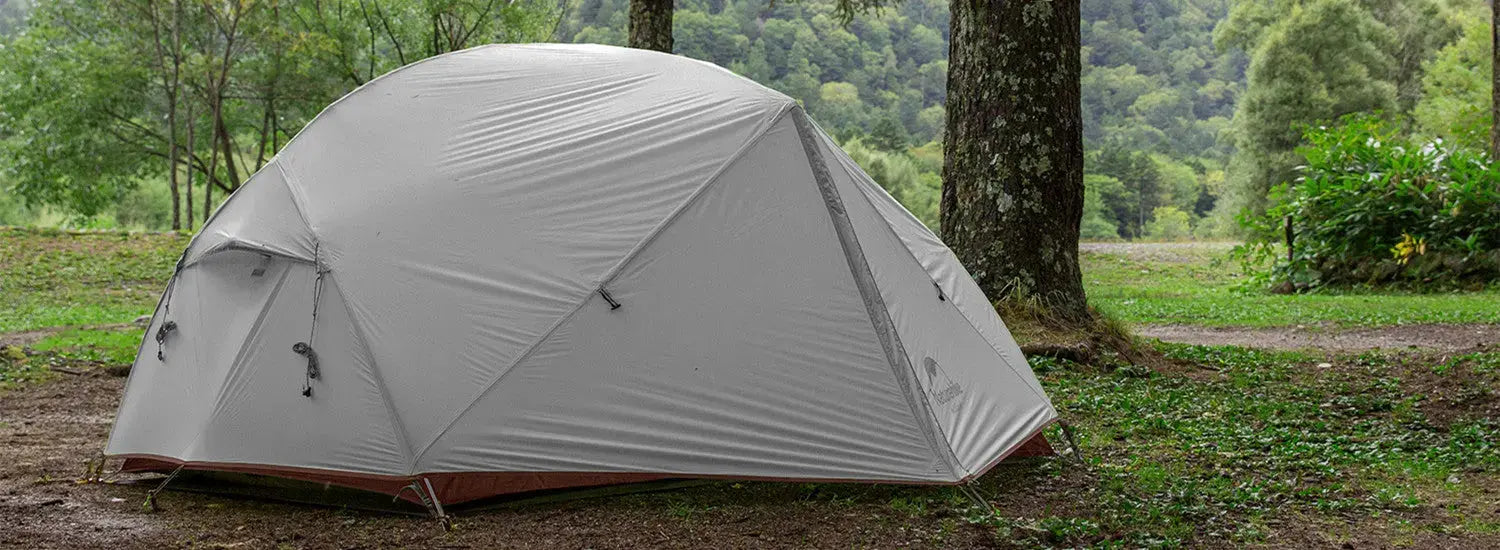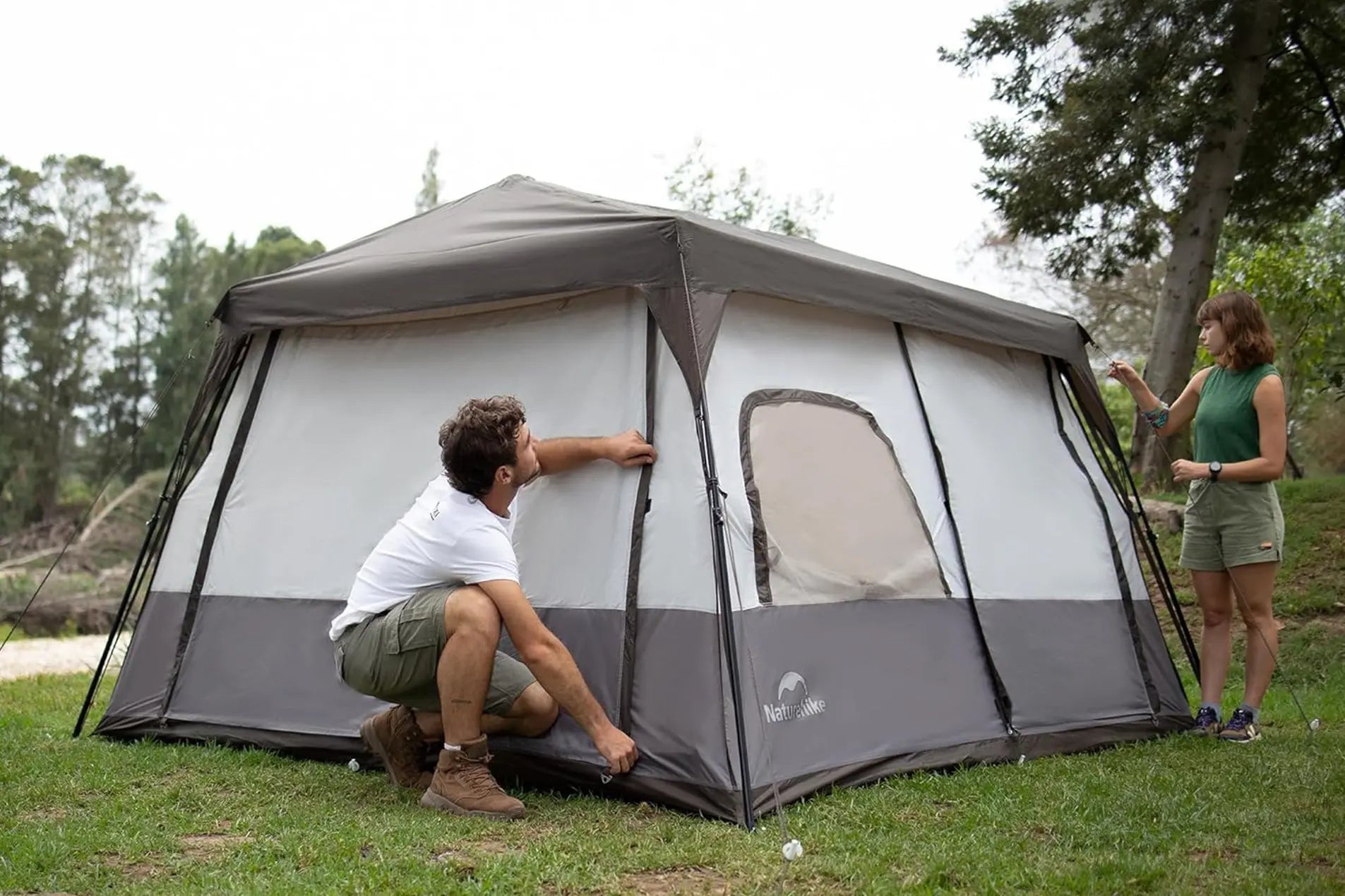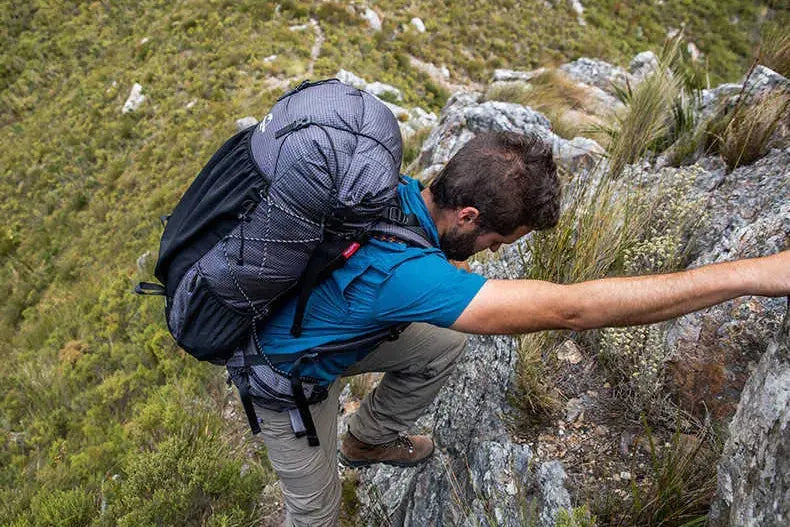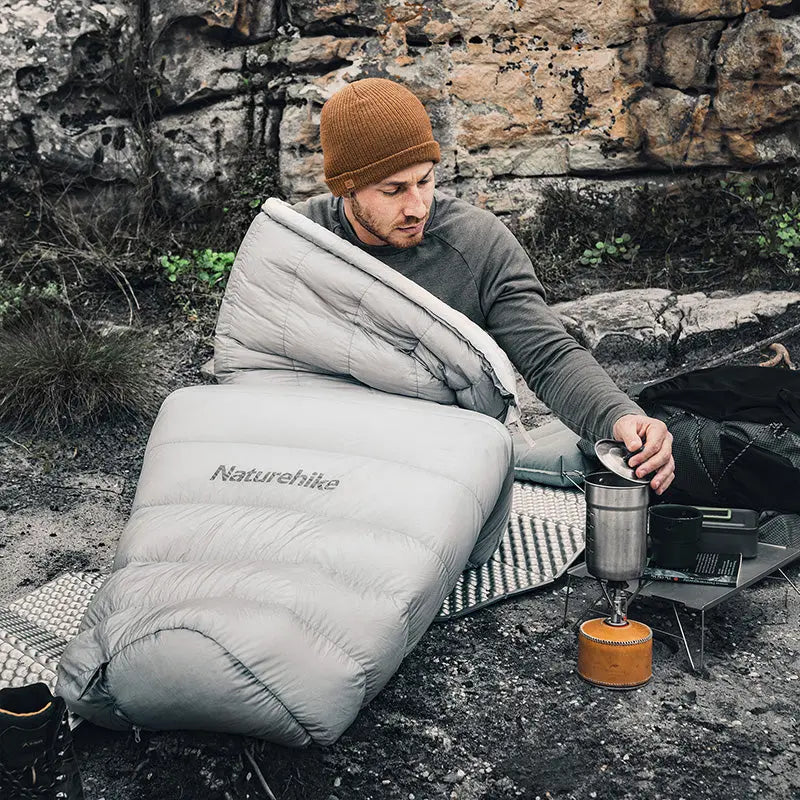Mastering the Art of Sleeping Bags: Tips, Care, and Outdoor Comfort
Recently, we've received numerous inquiries from friends regarding the use of sleeping bags. As a professional outdoor brand with over a decade of experience in manufacturing outdoor products, Naturehike believes it's essential to educate more people about the nuances of sleeping bag usage. In this blog, we will delve deep into the considerations for selecting, maintaining, and using sleeping bags, helping you achieve the best sleep experience during your outdoor adventures. Whether you are a camping novice or an experienced outdoor enthusiast, this information will assist you in making informed decisions and enjoying the wonders of the great outdoors.
Usage Recommendations:
-
Preparation for Outdoor Camping: Unroll your sleeping bag completely one to two days before your outdoor camping trip. Inspect the sleeping bag and its accessories to ensure a comfortable experience in the wilderness. Before departure, pack the sleeping bag into its storage bag.
-
Staying Warm in Cold Environments: In cold conditions, it's advisable to warm up your sleeping bag by placing a warm water bottle inside before bedtime. Avoid wearing heavy outer layers while inside the sleeping bag, as this can hinder the circulation of body heat, affecting your sleep quality.
-
Remember, Sleeping Bags Don't Generate Heat: Sleeping bags provide excellent insulation but don't generate heat on their own. In cold nights, ensure you warm up first before entering the sleeping bag.
-
Ventilation and Drying: After waking up in the morning, if weather conditions permit, consider flipping your sleeping bag's insulation material outside to ventilate and dry it. Avoid exposing it to direct, harsh sunlight at noon.
-
Personal Hygiene: Sleeping bags are personal items, so try to avoid sharing them with others.
Cleaning Recommendations:
Sleeping bags are typically hand-washed unless specified otherwise. Here are some essential points to remember while cleaning:
-
Use a neutral detergent or a specialized sleeping bag cleaner to wash your sleeping bag. Avoid using strong (acidic or alkaline) detergents, bleach, or fabric softeners.
-
Before washing, you can soak your sleeping bag briefly. Use a soft brush to gently clean areas like the head, neck, and foot, which tend to get dirty.
-
Thoroughly rinse out any detergent or soap residue from the sleeping bag.
-
When drying your sleeping bag, lay it flat in a well-ventilated and dry area. Avoid direct exposure to strong sunlight, as UV rays can damage the fabric.
Storage Recommendations:
-
For everyday storage, choose a dry, cool place and ensure that the sleeping bag is clean and dry.
-
If your sleeping bag won't be used for an extended period, consider giving it some fresh air and sunlight to maintain its loft, which will prolong its lifespan.
-
Keep your sleeping bag away from heat sources, as sparks can easily cause damage, and high temperatures may melt the material.
By following these tips and recommendations, you can ensure that your sleeping bag serves you well in the outdoors, keeping you comfortable and warm during your adventures.















Leave a comment